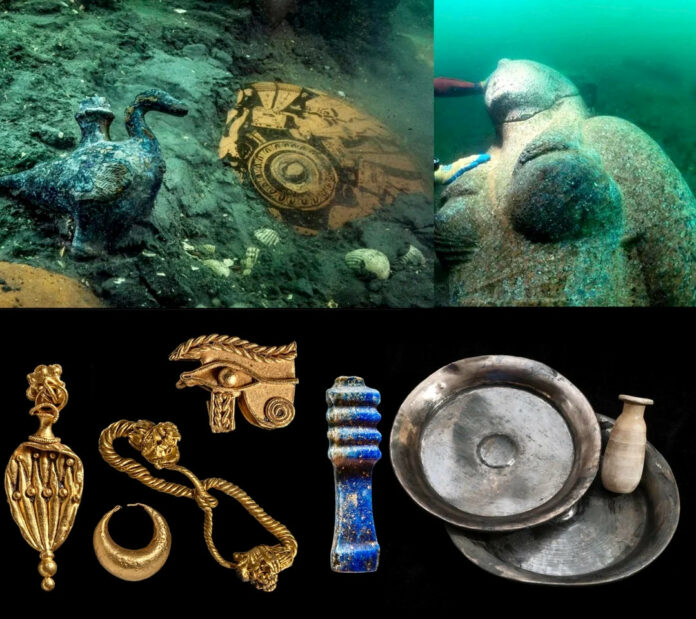The Rediscovery of an Ancient Wonder
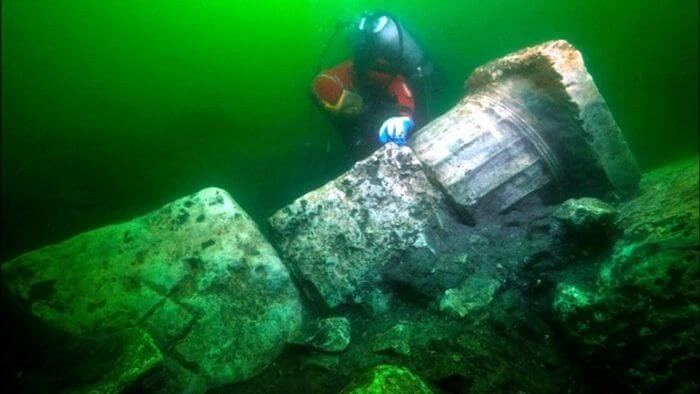
In the depths of the Mediterranean Sea, off the coast of modern-day Alexandria, a remarkable discovery was made in 2001. French underwater archaeologist Dr. Franck Goddio and his team stumbled upon the submerged ruins of Thonis-Heracleion, an ancient Egyptian port city that had been lost to the waves for over a millennium.
A City of Dual Names and Cultures
Thonis-Heracleion held a unique place in history, with dual names reflecting its significance to both Egyptian and Greek civilizations. The Egyptians called it “Thonis,” while the Greeks referred to it as “Heracleion,” after the legendary hero Heracles (Hercules), who was said to have visited the city.
A Trading Hub of the Ancient World
A Bustling Port and Religious Center
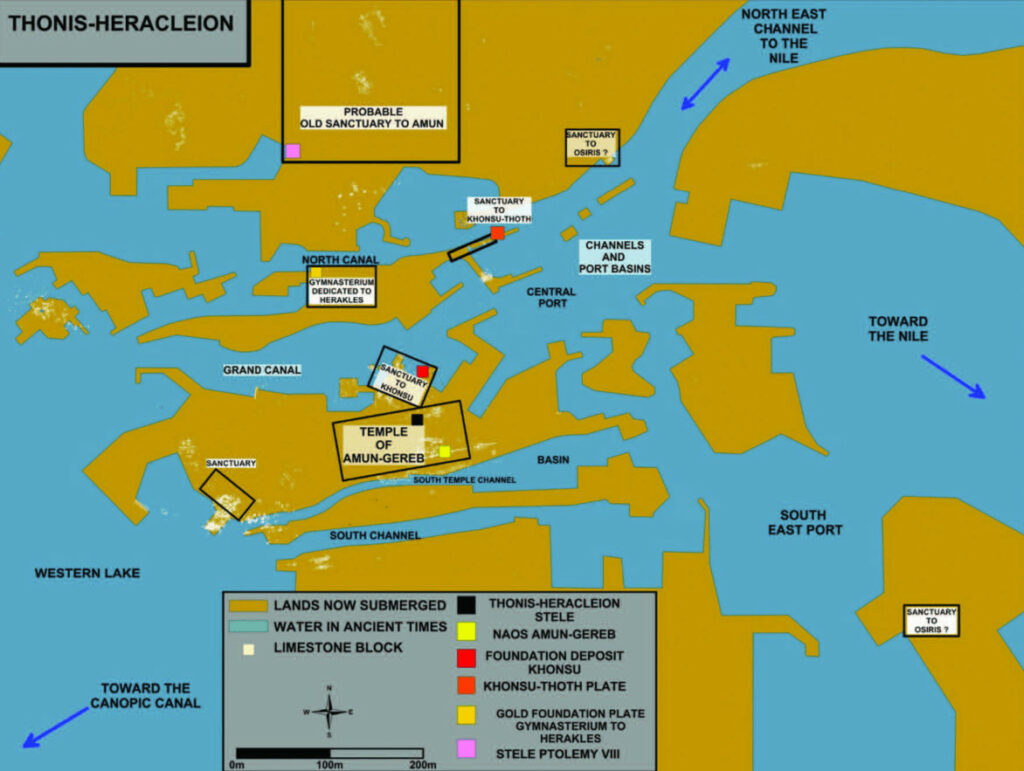
In its heyday, around the 1st millennium BC, Thonis-Heracleion served as a vital commercial hub for the Mediterranean world and the Nile Delta region. It was a bustling port city, facilitating trade and cultural exchange between Egypt and other civilizations.
The city was also a religious center, home to a grand temple dedicated to the Egyptian god Amun. Annual ceremonies were held, where statues of gods were transported by boat from the Nile to this sacred site.
Treasures from the Deep
Unearthing Ancient Artifacts
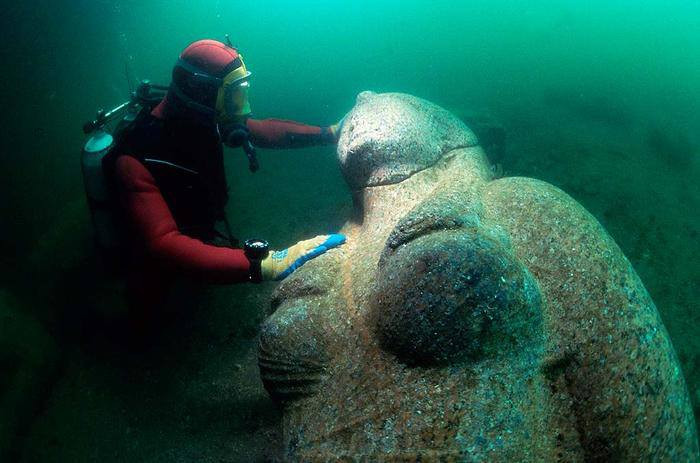
As archaeologists delved deeper into the submerged ruins, a trove of priceless artifacts was uncovered. Massive statues of Egyptian deities, inscribed steles (stone or wooden slabs), gold coins, and remnants of grand temples were among the finds that shed light on the city’s rich history and cultural heritage.
Evidence of Cross-Cultural Interactions
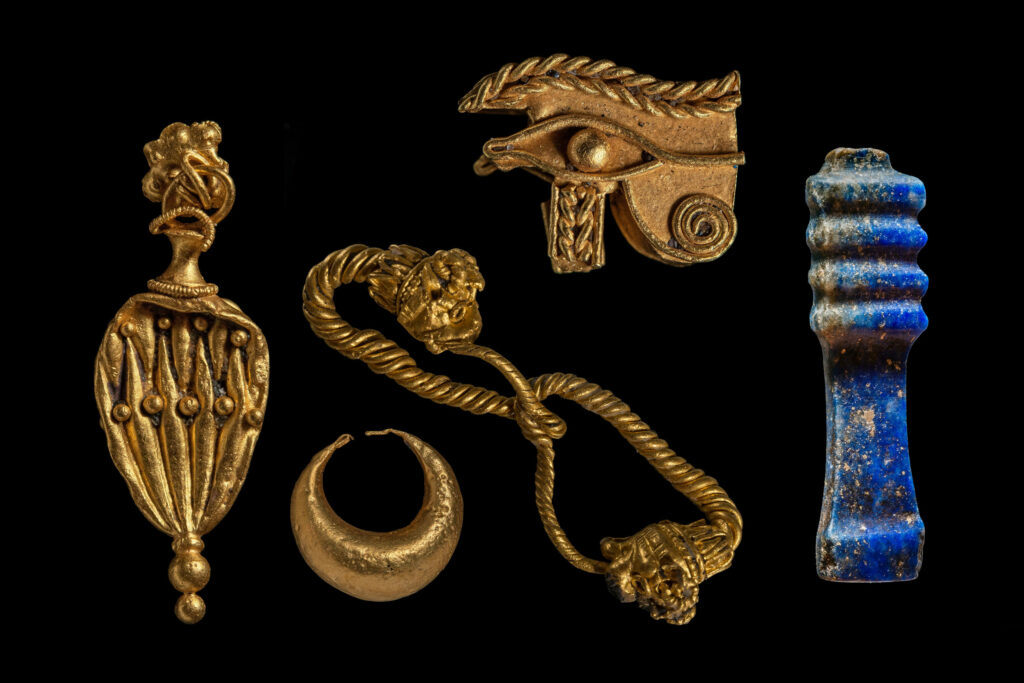
One particularly intriguing discovery was a sanctuary dedicated to the Greek goddess Aphrodite, suggesting that Greeks were permitted to settle, live, and practice their religion within the city. This finding highlighted the extensive trade and cultural interactions between Egypt and Greece during that era.
The Fate of a Sunken City
Theories of Descent
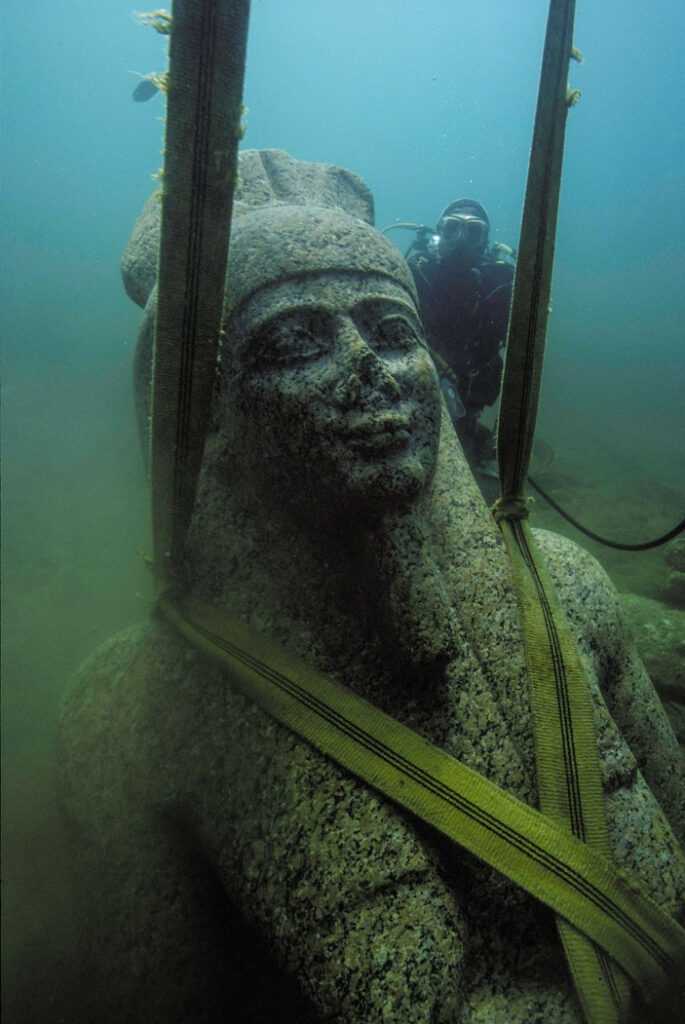
While the exact reasons for Thonis-Heracleion’s descent into the depths remain a topic of ongoing research, several theories have been proposed. Natural disasters, such as earthquakes or tsunamis, could have liquefied the clay and silt upon which the city was built, causing buildings to collapse and the city to sink. Alternatively, the weight of large structures, combined with rising sea levels and waterlogged clays, might have led to a gradual subsidence over time.
A Time Capsule from Antiquity
Unveiling Ancient Secrets
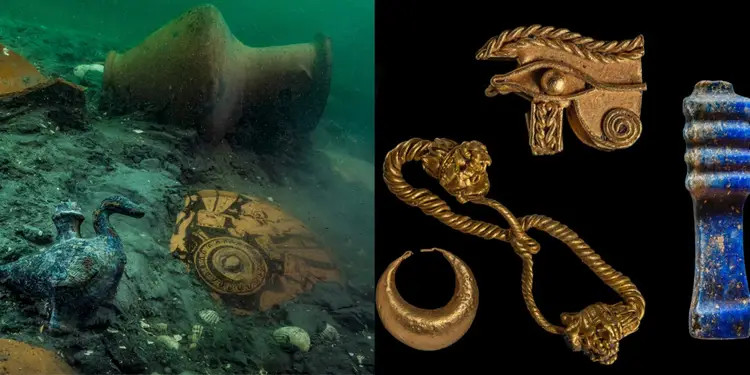
With each artifact recovered and section of the city mapped, Thonis-Heracleion continues to reveal invaluable insights into the political, religious, and social lives of the ancient Mediterranean world. Its submerged ruins serve as a time capsule, offering a rare and untouched glimpse into a era when cultures converged along bustling maritime trade routes.
The rediscovery of this sunken jewel stands as a testament to the ever-changing landscapes and the impermanence of even the grandest of human cities. Yet, it also serves as a reminder of the rich cross-cultural interactions that shaped our shared history, reminding us of the enduring human spirit that transcends time and the depths of the sea.
